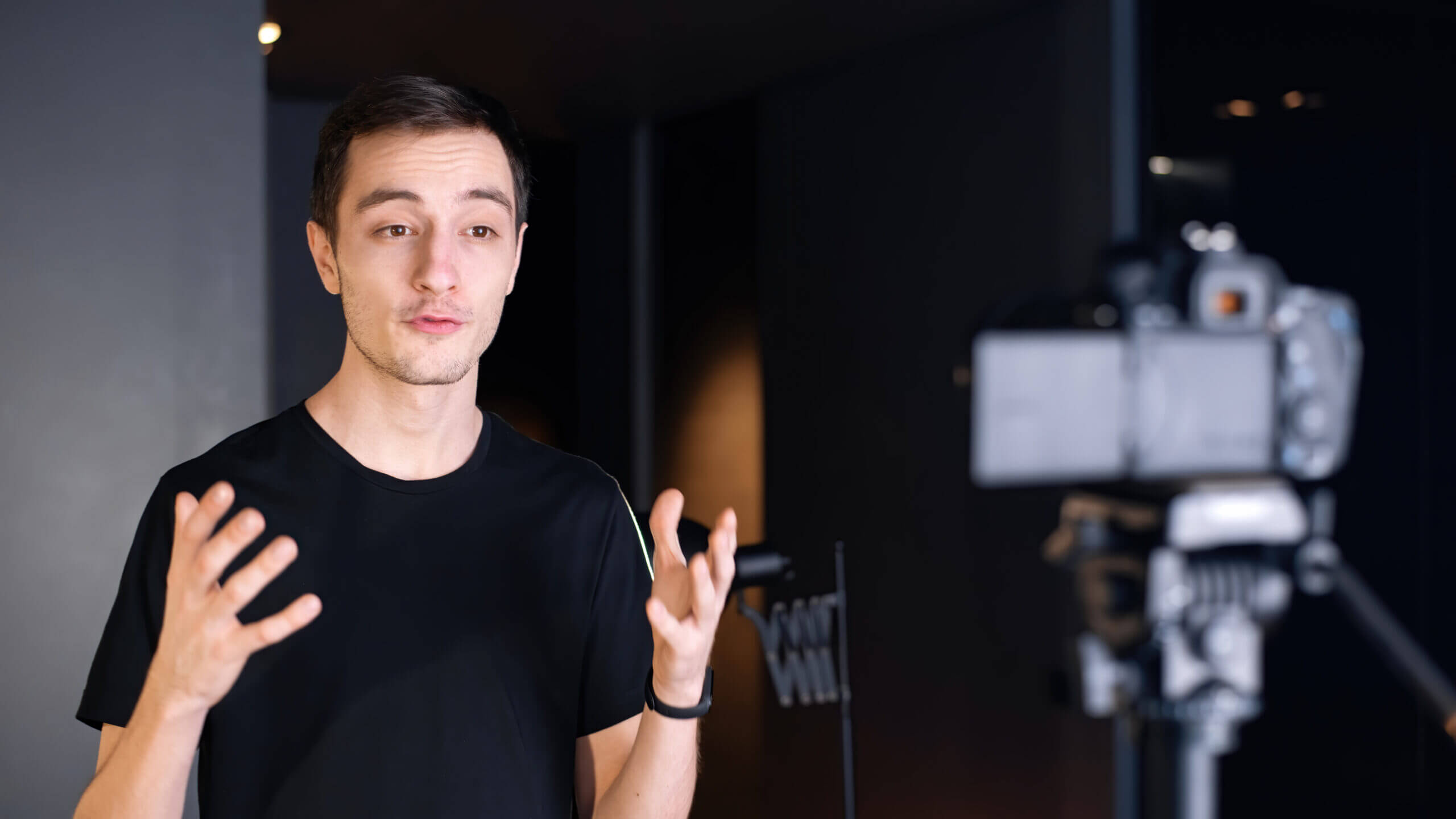
How do you fill a potentially awkward moment in the audition room when you’ve run out of dialogue, but the camera is still rolling? It’s not the job of the actor to determine when the scene has ended, so it’s important to keep things going. That means you must remain in character and continue your act until you hear the word “Cut.” Chances are, casting likes what they’re seeing, and they want to allow you to show them all you’ve got. So make the most of that opportunity by adding a button.
Make Your Audition Memorable With a Button:
A button, also known as a “tag,” reveals the next thought of your character. It can show up as a physical expression such as a smile, smirk, wince, sigh, nod, knitted brows, or shrugged shoulders. It could be an expressive interjection like “Ahem,” “Argh,” “Huh,” “Mm-hmm,” or “Oh.” Or, it could be a brief remark limited to about five words such as “Who would’ve thought?” or “Maybe next time.” These examples represent just the tip of the iceberg as to the creative ways an actor can button up an audition.
Why Buttons Are Important:
When casting professionals review all of the auditions, some actors are caught briefly coming out of character at the tail end of their takes. When these moments are captured on tape, they zap the momentum from the performance in its tracks. This is easily avoided by simply adding a button. Buttons bring closure to a scene, make a terrific impression, and increase your chances of booking the job. They’re often added in commercials to assure the performance ties up neatly and with personality, but they can also occur at the end of a monologue or scene.
Buttons are a great way to go when casting asks you to take the material and “make it your own” or “play with it.” They’re opportunities to show your flare, be distinctive, and enrich the performance over all. During auditions, actors need to show a fully realized character, which includes the seconds after the dialogue ends. This brief moment allows for a lot of great spontaneity, so have fun with it. Sometimes the choice you make won’t end up working out for the role at hand, but that’s part of the creative process and the nature of the business. However, making a choice and taking a risk keeps things fresh, which is always appreciated by casting. Indeed, the viewer remains engaged with the character and wants to keep watching the performance. Not to mention, buttons can inspire a response from a scene partner, further enriching the interaction.
How Not to Button:
Buttons should be like the button on your sweater — small, yet effective. Buttons should not go on too long, as they can lose their impact if they extend past five words. Also, buttons are not about adding a joke that comes out of left field at the end of the scene. Rather, they should be used to advance the situation — complementing the spirit and pace of the material. If you’re not sure what kind of button best fits the scene at hand, look to the text. When breaking down the sides or script, something new is revealed to the character. A button reflects the change that happened within the scene, and therefore expresses a finishing touch to that turning point. Lastly, make sure not to offend your scene partner with your button. A snarky remark, for example, has a way of killing a scene. So keep your buttons on the up and up.
The takeaway is that buttons are a simple, yet terrific tool to make you stand out as a professional as you pursue your commercial acting opportunities.
Want to get your acting career started? Sign up or login to Casting Frontier and start auditioning today!
Related articles:
8 Tips for Answering ‘Tell Me About Yourself’
Union vs. Non-Union Commercial Jobs
The Importance of Listening While Acting




